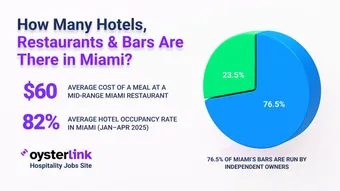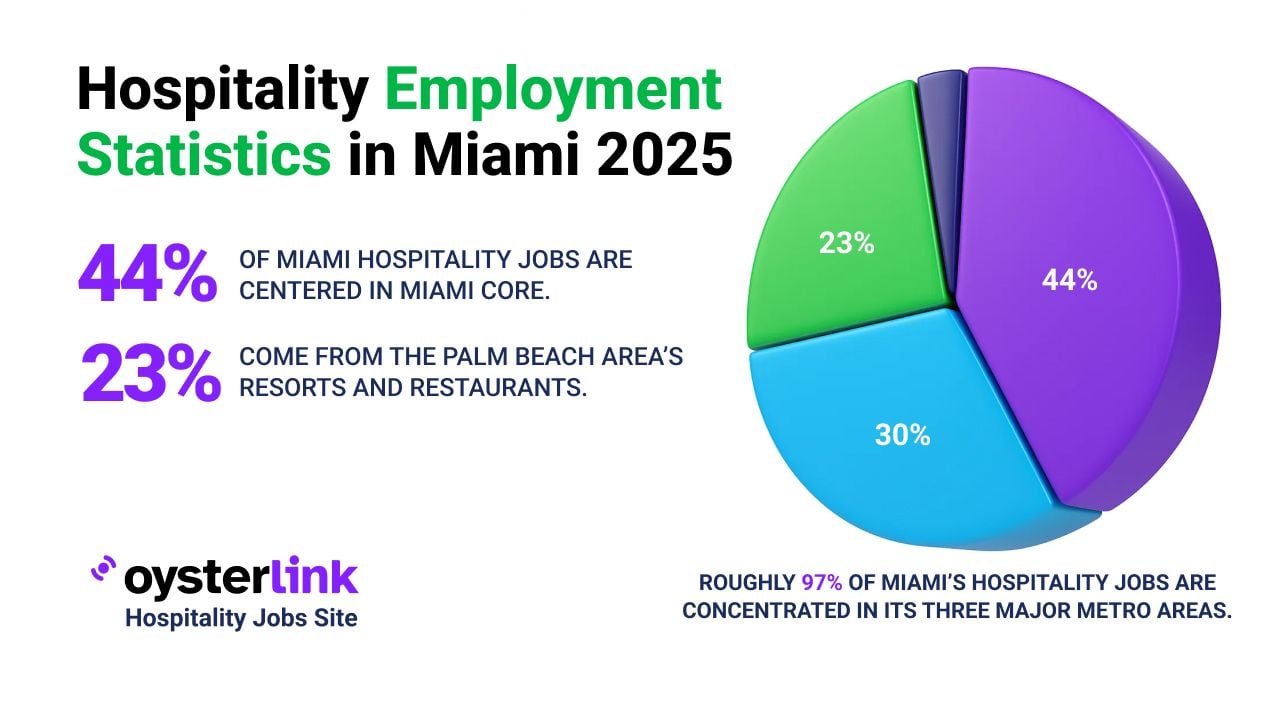Waitress Skill Checklist: Key Takeaways
- Success as a waitress requires a blend of technical skills like POS proficiency and food safety knowledge.
- Soft skills such as effective communication, multitasking, and customer service excellence are crucial.
- Physical stamina and adaptability are essential to handle the demands of busy dining environments.
Excelling as a waitress demands mastering both technical and soft skills.
This checklist highlights the essential competencies for outstanding service.
Employers looking to hire a server or waitress can use this guide to identify vital skill sets.
1. Technical Skills for Waitresses
Technical skills form the foundation of efficient and accurate service.
Here are the critical technical skills every waitress needs to excel:
Point-of-Sale (POS) System Proficiency
Waitresses must efficiently operate POS systems to enter orders, process payments, and manage tabs. Familiarity with the system reduces errors and speeds up service.
Learn how to master restaurant POS system training to boost your technical skills.
Food Safety Knowledge
Understanding proper food handling, hygiene, and sanitation practices ensures customer safety and compliance with health regulations. This knowledge is vital to prevent foodborne illnesses.
Menu Familiarity
A thorough understanding of the menu, including ingredients, preparation methods, and allergens, allows waitresses to inform customers accurately and provide personalized recommendations.
Cash Handling
Skills in managing cash transactions, giving correct change, and reconciling receipts help maintain financial accuracy and customer trust.
For restaurant owners, how to hire a cashier is key to ensuring reliable cash handling.
Order Accuracy
Ensuring that customer orders are recorded and delivered precisely minimizes mistakes and boosts customer satisfaction.
Beverage Service
Competence in serving both alcoholic and non-alcoholic drinks includes understanding pouring techniques and adhering to legal regulations related to alcohol service.
Explore tips on hiring bartenders who can complement your waitstaff with excellent beverage service skills.
Time Management
Effective prioritization and organization help manage multiple tables and ensure prompt service even during peak dining hours.
Time management is also a vital skill for busy restaurants; read more about time management for busy restaurants.
2. Soft Skills for Waitresses
Soft skills enhance interactions with customers and teamwork within the restaurant setting.
They complement technical abilities and improve the overall dining experience.
Effective Communication
Clear verbal and non-verbal communication is essential for interacting with customers and coordinating with kitchen staff and team members.
Active Listening
Attentively understanding customer requests and concerns enables waitresses to provide attentive and personalized service.
Customer Service Excellence
A friendly demeanor, responsiveness, and creating a welcoming atmosphere are key to positive customer experiences.
Multitasking
Balancing various responsibilities such as taking orders, serving food, and managing payments without compromising quality is critical in a fast-paced environment.
Multitasking effectively can also help you climb the ladder in restaurant roles; learn more about multitasking skills in culinary careers.
Problem-Solving
Promptly addressing issues or customer complaints helps maintain satisfaction and smooth service flow.
Patience and Resilience
Remaining calm and composed under pressure or when handling difficult customers supports professionalism and service quality.
Teamwork
Collaborating with kitchen staff, bartenders, and fellow servers ensures seamless service and a positive workplace culture.
Adaptability
Adjusting to menu changes, unexpected rushes, or shifting priorities while maintaining standards improves efficiency and customer satisfaction.
Attention to Detail
Noticing small details, such as remembering regular customers’ preferences or double-checking orders, enhances the dining experience.
Physical Stamina
Enduring long shifts on foot, carrying trays, and navigating a busy dining room require robust physical endurance.
3. Enhancing Waitress Skills for Career Success
To excel, waitresses should continuously develop both technical and soft skills through practice and training.
For instance, participating in food safety programs and POS system training increases technical proficiency.
Simultaneously, seeking feedback and improving communication and problem-solving skills boosts customer satisfaction and career growth.
Check out the waitress job description to understand the essential qualifications and skills employers seek.
4. Useful Resources to Develop Waitress Skills
Several organizations offer valuable training and guidelines to support skill development:
- U.S. Department of Labor: Fair Labor Standards Act (FLSA) provides labor law information relevant to waitstaff employment.
- Occupational Safety and Health Administration (OSHA): Food Service Worker Safety offers safety guidelines for food handling and work environment.
- National Restaurant Association: ServSafe Food Handler Program delivers certified food safety training crucial for waitstaff.
Waitress Skill Checklist: Conclusion
The role of a waitress requires a balanced mastery of both technical and soft skills to deliver exceptional service.
From POS operation and food safety knowledge to effective communication and teamwork, these competencies shape professional success and excellent customer experiences.
Consistent skill development and applying best practices ensure that waitresses excel in the dynamic restaurant environment.
For a deeper perspective on the waitress career path, explore the waitress interview questions to prepare for success in the hospitality industry.




.webp)
.webp)